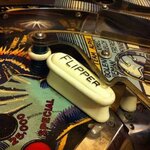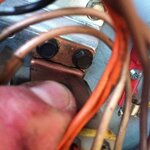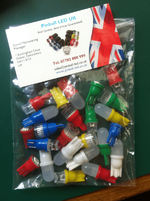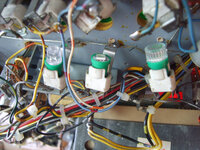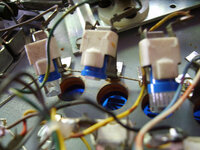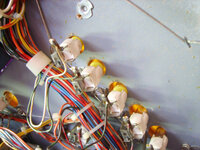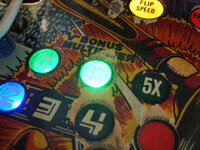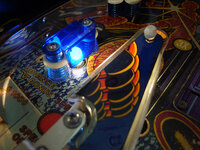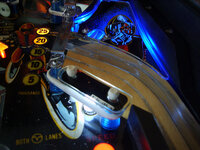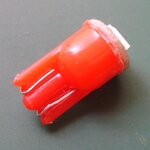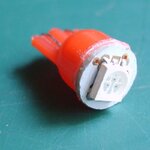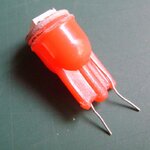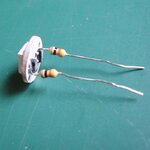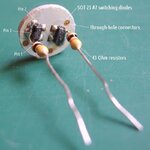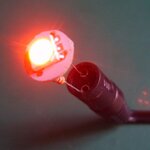I won't be doing a full shop on Vector until I complete my project Paragon. The main point of buying Vector is to have another pinball machine that actually works! But to remind me of what I will inevitably have to repair along the way I'll keep things noted here. Hopefully bits and bobs will be of use to others.
So, since buying Vector on March 29th, 2014, I have:
So, since buying Vector on March 29th, 2014, I have:
- Replaced the coin lock after key snapped
- Re-soldered the braided wire to the tilt plumb bob
- Re-secured the right slingshot mechanism as it was only being held on by 1 screw
- Vacuumed and quickly wiped the playfield with Mill Wax
- Discovered that "05" in the Player 1 displays at switch on is not a fault but an indication that I have custom game ROMS
- Set all the game switch options and settings back to default
- Reset the high score to date to zero
Last edited:

